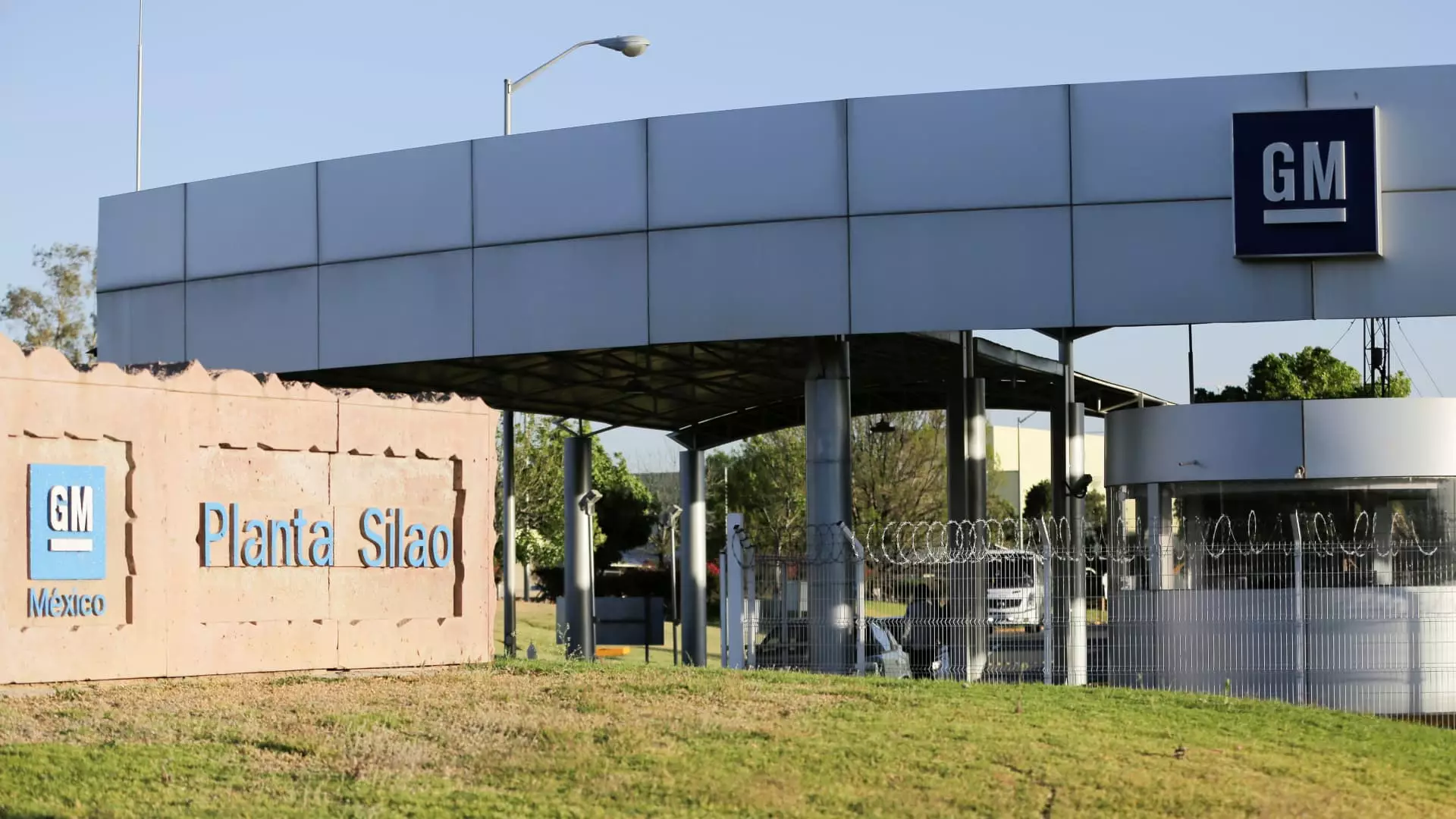The Declining Horizon of the U.S. Auto Industry: An In-depth Analysis

The U.S. auto industry finds itself at a critical juncture as competition intensifies from international players, notably China, and domestic market conditions escalate in severity. Recent assessments from analysts at Morgan Stanley, especially Adam Jonas, highlight significant challenges ahead for major automotive manufacturers, including Ford and General Motors. This article delves into the implications of these findings, examining the market landscape and the expectations for stakeholders in the automotive sector.
The competitive dynamics of the automotive market are shifting dramatically, influenced heavily by the expansive capacity of Chinese manufacturers. According to Jonas, the significant production surplus—estimated at nine million vehicles annually—poses a direct threat to U.S. auto companies. This phenomenon, coined as the “China capacity butterfly,” suggests that even if these vehicles do not physically reach American shores, the repercussions for U.S. market share and profitability will be felt significantly. Analysts warn that the increasing global competition will stifle growth opportunities for established American manufacturers, making it difficult for them to maintain market presence.
Jonas’s recent downgrades for both Ford and GM underscore the urgency of these concerns. By adjusting Ford’s rating to equal weight from overweight, and trimming the price target from $16 to $12, analysts signal a sharper outlook based on emerging market realities. Similarly, GM’s downgrade from equal weight to underweight reflects apprehensions about its ability to sustain recent gains in the face of rising international competition.
Beyond international competition, the U.S. auto industry grapples with pressing domestic challenges that further cloud its future. The increasing inventory levels of unsold vehicles coupled with mounting affordability issues are stressing the market. As Jonas notes, car affordability remains an elusive prospect for numerous households amidst economic instability, thus affecting demand. The accumulation of inventories indicates a waning consumer appetite, compelling manufacturers to rethink pricing and sales strategies.
Moreover, the deteriorating credit landscape could exacerbate these issues, as potential buyers may find it difficult to finance vehicle purchases. The combination of high-interest rates and stagnant wages potential places substantial pressure on sales figures, further exacerbating the problems faced by manufacturers like Ford and GM. As a result, investors may need to brace for a less favorable financial environment in the immediate future.
As the auto industry pivots toward electric vehicles (EVs), the financial and operational strain becomes increasingly apparent. Jonas’s downgrade of Rivian highlights the financial realities of EV manufacturing, noting that the capital intensity required for developing cutting-edge technology is significant. The competition in the EV space is becoming fierce, not just among U.S. startups, but also with entrenched players like Tesla and foreign automakers investing heavily in this segment.
Jonas’s caution regarding Rivian reflects broader concerns within the industry about the sustainability of automakers’ profitability as they undertake substantial investments to keep pace with technological advancements. This precarious balance between innovation and profitability is yet another hurdle that U.S. manufacturers must navigate.
The cumulative effect of these pressures has prompted Morgan Stanley to downgrade its view of the entire U.S. auto industry from “Attractive” to “In-Line.” This shift indicates a growing recognition among analysts that the challenges faced by automakers are multifaceted, encompassing not only international competition but also domestic economic constraints and sector-specific operational challenges. As Jonas aptly points out, inventories continue to climb while vehicle affordability remains a significant barrier for consumers.
Interestingly, while some investors might anticipate benefits from potential Federal Reserve interest rate cuts, Jonas’s analysis suggests this perspective may be overly optimistic. The auto industry appears to face a unique set of conditions that make it less likely to benefit directly from monetary easing, emphasizing the need for strategic recalibration among stakeholders.
The road ahead for the U.S. auto industry is fraught with challenges stemming from fierce global competition, domestic economic factors, and the complexities of transitioning to electric vehicles. Stakeholders should prepare for a landscape characterized by volatility and recalibrate their expectations accordingly, as the conditions shaping the future of automotive manufacturing look increasingly daunting.





